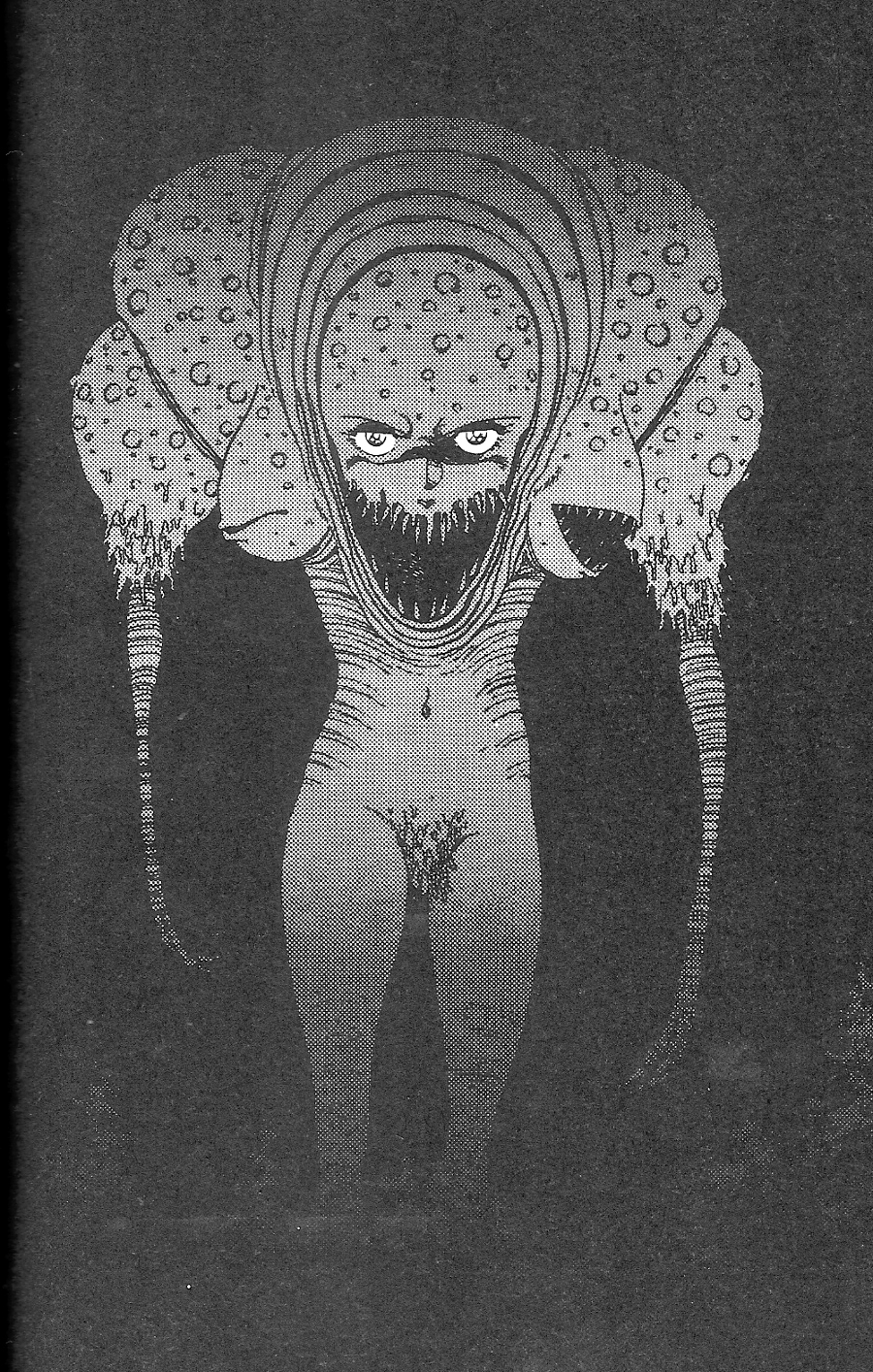 Continuing our Halloween celebration of daikaiju in the comics, we have an attempt at a serious horror comic featuring giant monsters. Yoshihisa Tagami’s Horobi, first serialized in Japan in Shonen Captain magazine, then released to the U.S. by Viz Premiere Comics starting in 1990.
Continuing our Halloween celebration of daikaiju in the comics, we have an attempt at a serious horror comic featuring giant monsters. Yoshihisa Tagami’s Horobi, first serialized in Japan in Shonen Captain magazine, then released to the U.S. by Viz Premiere Comics starting in 1990.
Viz had previously published Tagami’s Grey, a futuristic story of a mercenary battling his way through hordes of enemy soldiers and some really bizarre giant robot heads modeled on Easter Island megaliths. It was stylish and action-packed and established Tagami’s name among American manga fans.
So when Horobi came out, I was excited. And it starts off stylishly, with a mysterious connection between the dreams of a man named Zen Amako and deaths of several locals at the hands (or tentacles) of gigantic monsters.
Just so you know, a dude had been forcing himself on a girl in that car moments before this giant eyeball-vagina-brain appeared. As further incidents occur, we get the idea that these monsters take their forms from the anxieties of the people to whom they first appear or something. A group of adolescent monster-hunters searching for their promiscuous teacher, who has disappeared, are confronted by this horrifying vision.
But as the series grinds on, we never see much happen. People mostly talk about events in roundabout conversations that seem to be half faithful translations of Japanese indirectness, half vamping around trying to stretch the mystery.
I hung around through all 8 issues of the first series and all 7 issues of the sequel, but I was ultimately unsatisfied. The early issues are full of weird sexual elements, like the sexually grotesque monsters and a cult of psychic women whose powers only manifest when they’re sexually aroused. There’s one scene where two women are communicating telepathically with each other while having sex in different locations.
Later, the monsters lose their sexual aspect, while the mystery becomes more convoluted, with a huge supporting cast that are really hard to distinguish from one another. Meanwhile, Zen and best friend Shuichi both develop monstrous powers of their own, and suddenly it starts to look more like a monster-superhero manga like Bio Booster Armor Guyver than a horror story, only more boring and harder to follow.
It climaxes rather abruptly in the final issue. The ending seems really rushed, with too many questions left hanging. Which was a shame, because that first issue really seemed to have potential.






